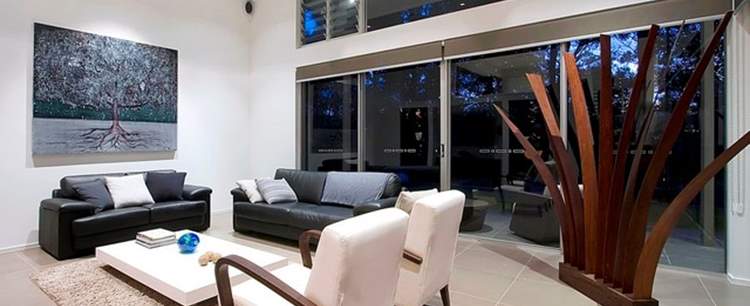It’s not unusual to see landlords signing big cheques at flat-pack warehouses to buy lots of new furniture for a property they’re about to start letting.
At UKinsuranceNET, we are always eager to try and offer alternative ways of thinking about things and not just landlord insurance. For example, if you find yourself in the above situation you might want to think about buying your furniture at a public auction rather than brand new.
If the thought of that intimidates you, here is our quick overview of the public auction process.
Your venues
You can be sure that there will be at least one and very possibly several public auctions venues in your local geographic area.
Sales are typically advertised on the internet or in the local press and will broadly speaking break down into two categories:
- specialist sales where the focus might be on furniture, jewellery, furnishings, silver (etc.) or a mixture of all these things. There will typically be a glossy catalogue provided and you may find that only prestige objects are on the list – probably not the sort of thing that you’ll be thinking seriously about for a rented property;
- a general sale. Here you’ll find lots of things offered, including usually substantial amounts of furniture and other decorative items. These are usually more mundane items and prices are likely to be cheap – perhaps much more so than your typical new flat-pack furniture retailer.
The viewing
The auction room will usually publish the dates and times of viewings before the sale itself. There is usually one on the morning of the sale and often another a day or two before.
Make sure that you get to a viewing and look around thoroughly for furniture and objects that are of interest to you. Check them for damage carefully but be realistic, as they are second hand and likely to be in good though not perfect condition.
You can ask the auctioneer for what’s called an estimate and he or she will usually tell you an upper and lower figure that they expect the final price to fall between.
Remember that is a guide though and you may get the item for considerably less than they estimate.
The sale itself
Different auctioneers adopt slightly different practices but the chances are that you will register upon arrival and be given a bidder number on a card.
Once your item is called by the auctioneer, you will bid by raising your number so that he or she can see it clearly. Make sure you have worked out your maximum price in your head in advance and don’t exceed it.
Success
The auctioneer will record any item numbers that you have purchased against your own individual bidder number.
Remember that to the price you have bid, the auctioneer will add their buyer’s commission which at the moment is likely to be somewhere between 15%-25%.
At the end of the auction or sometimes beforehand, you will be able to pay for the items you have purchased and arrange for their collection or delivery.
It’s easy, it’s fun and most of all it might be cost-effective.







